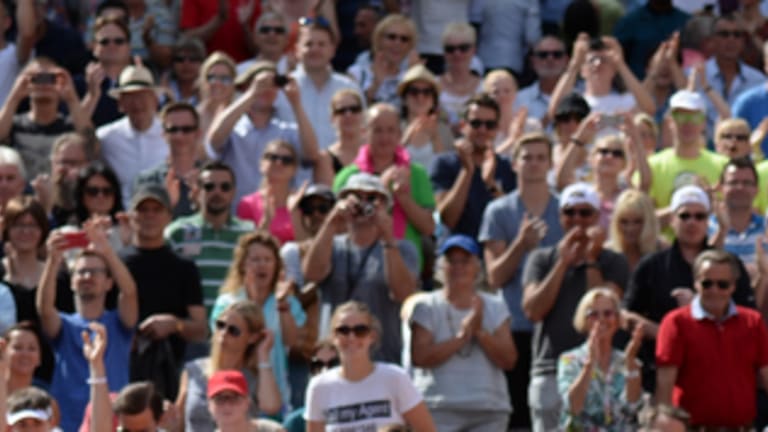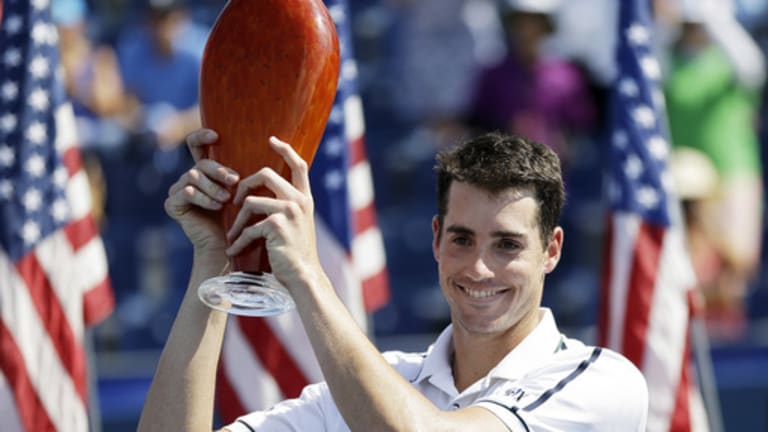Rafael Nadal won an ATP 500 event in Hamburg on Sunday, but he celebrated like it was a Grand Slam. After restraining himself through the handshake with the man he had just beaten, Fabio Fognini, Nadal dropped his racquet, skipped to the center of the court, fell to his knees, threw his head back, and held his arms high over his head triumphantly.
Rafa, by all appearances, wanted this win badly, and it wasn’t hard to understand why. He had already lost to the less-than-legendary Fognini twice this season. He needs ranking points if he’s going to reach the all-important Top 8 before the US Open. It was his most significant tournament win since the 2014 French Open. And after a couple of down moments at the French Open and Wimbledon, Rafa needed an up.
“This title helps [me] to be a bit more calm,” Nadal said. As every Rafa-watcher knows, “being with calm” is the key to the man’s success, if not his very existence.
“I lost the last two times against [Fognini], so I knew it was going to be a tough one,” Nadal said. “I had some tough moments on the court, but every time I came back and I kept fighting with the right mentality...It’s an important victory for me.”


